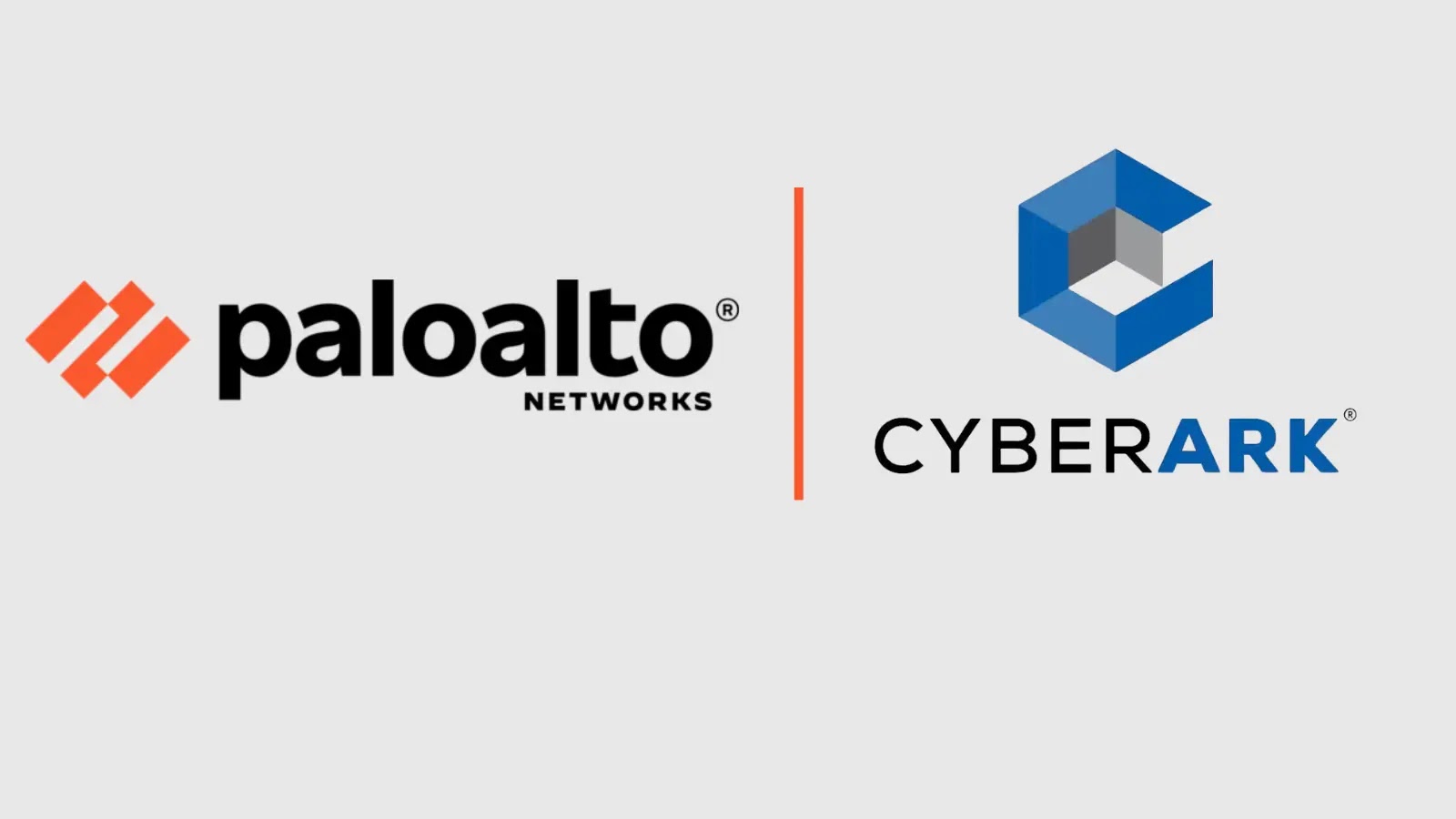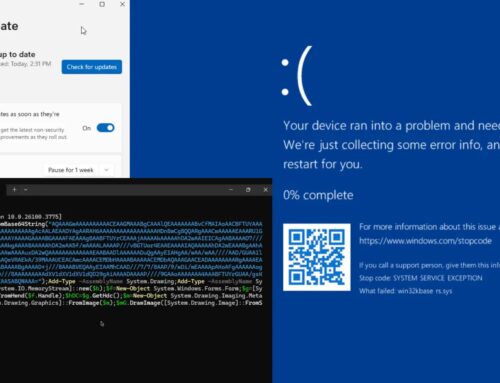
Palo Alto Networks to Acquire CyberArk in $25 Billion Deal
The cybersecurity landscape has just been reshaped. In a monumental move with far-reaching implications, Palo Alto Networks, a titan in network security, has announced its intent to acquire CyberArk, a recognized leader in identity security. This strategic acquisition, valued at an estimated $25 billion, signals a significant evolution in how organizations will approach their security posture, and fundamentally alters the competitive dynamics within the industry.
A Strategic Power Play: Palo Alto Networks Enters Identity Security
Palo Alto Networks has consistently positioned itself at the forefront of cybersecurity innovation. Their established strength in network security, cloud security, and security operations now expands dramatically with this acquisition. The move into identity security, a critical and rapidly growing domain, is not merely an expansion but a strategic pivot. Identity has become the new perimeter, and securing it is paramount. By integrating CyberArk’s robust identity security capabilities, Palo Alto Networks aims to offer a holistic, unified security platform that addresses vulnerabilities across the entire digital infrastructure.
The $25 Billion Question: What Does This Mean for the Industry?
The sheer scale of this $25 billion deal underscores the immense value placed on strong identity security solutions. It signifies a clear recognition that traditional perimeter-based defenses are no longer sufficient against sophisticated, identity-centric attacks. For customers, this acquisition promises a more integrated security offering, potentially simplifying vendor management and enhancing the efficacy of their security investments. For competitors, it sets a new benchmark, challenging them to innovate and consolidate their own portfolios to remain competitive against a more comprehensive Palo Alto Networks.
CyberArk’s Core Strength: Identity Security and Privileged Access Management
CyberArk has built its reputation on pioneering solutions in identity security, particularly in Privileged Access Management (PAM). Their platform helps organizations secure, manage, and monitor privileged accounts and credentials, which are often the primary targets for attackers seeking to move laterally within a network. This focus on securing critical access points provides a strong foundation that complements Palo Alto Networks’ existing security pillars. The integration of CyberArk’s expertise will likely lead to advancements in areas such as Zero Trust Network Access (ZTNA) and extended detection and response (XDR) capabilities, with identity as a central component.
Projected Impact on Cybersecurity Fortification
The consolidation of network and identity security under one roof has the potential to significantly strengthen an organization’s overall cybersecurity posture. By linking network traffic patterns with user and machine identities, more accurate threat detection and response actions can be engineered. For instance, an anomaly detected on the network could be immediately correlated with a suspicious identity activity, leading to faster containment. This synergy could lead to:
- Enhanced Threat Intelligence: A unified view of network and identity-based threats.
- Improved Automated Responses: Quicker, more precise responses leveraging insights from both domains.
- Simplified Security Management: A single pane of glass for managing a broader security footprint.
- Stronger Zero Trust Implementations: A critical foundation for enforcing least privilege and continuous verification.
The Road Ahead: Integration and Innovation
The success of this acquisition will hinge on the seamless integration of CyberArk’s technology and talent into Palo Alto Networks. Such large-scale mergers present opportunities for innovation but also challenges in cultural alignment and product roadmapping. However, given the strategic importance of identity security, both companies are likely to prioritize a smooth transition to deliver on the promised value. This acquisition is not just a financial transaction; it’s a strategic declaration of intent regarding the future direction of cybersecurity – a future where identity is not just a component, but a core pillar of defense.





